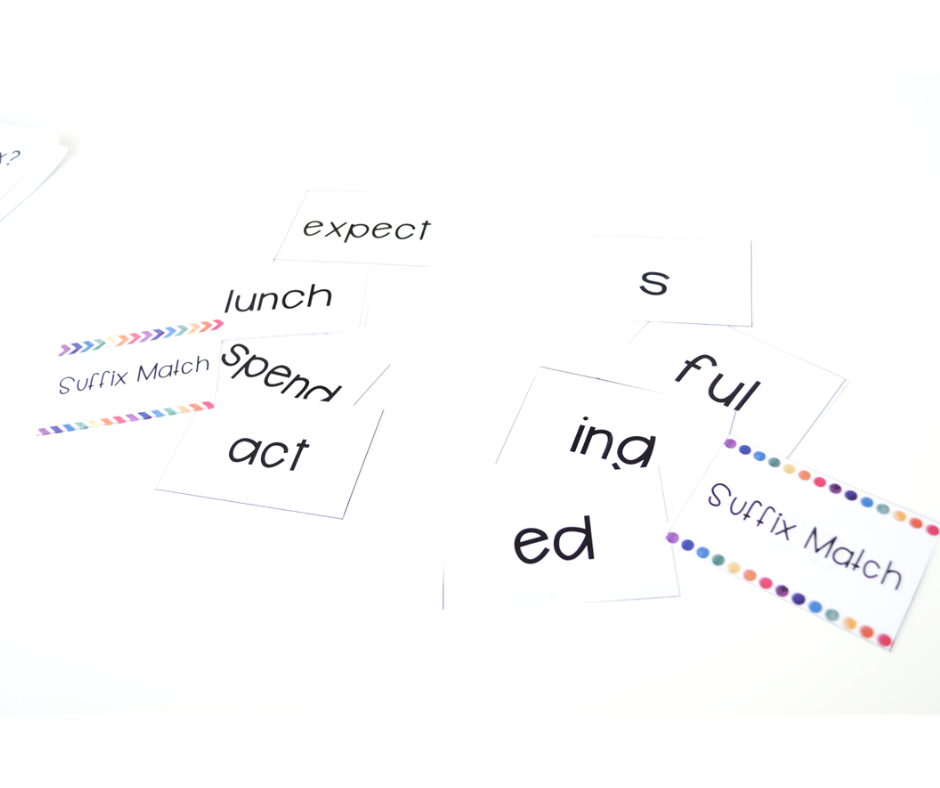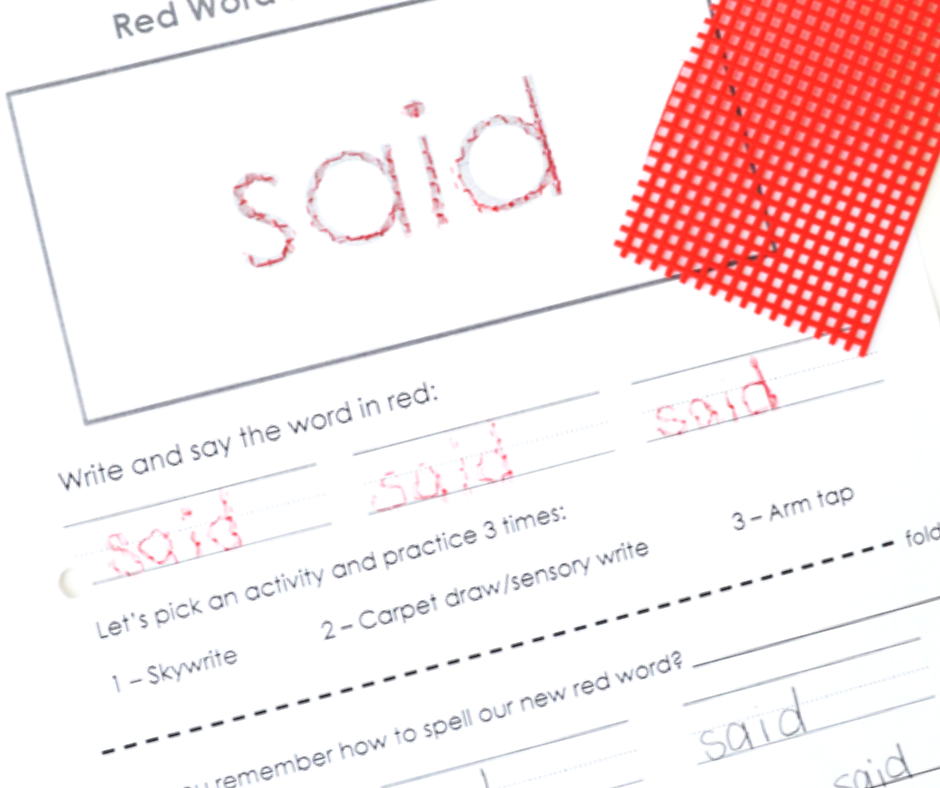Making Centers a Part of Your Literacy Routine
We all know differentiating for the varied needs of our learners is so important to their success, and I believe that the easiest, most effective way to do this in the classroom is through small group instruction.
Seeing students in small, ability-based groups allows you the opportunity to scaffold instruction appropriately and keep a pulse on individual needs. For suggestions on creating these small groups, check out our blog Ability Grouping Made Easy here.
However, you may wonder, “What are the other students doing while I am busy working with a small group?”
So glad you asked - our preference has always been to provide literacy-based centers that reinforce the learning that took place during the small group time. Students rotate through a series of centers where they can work independently (or with a partner at times) to further engage with literacy experiences.
You can take a look at this literacy block schedule to see what that may look like in your setting.
On Monday, you can introduce your class to the syllable type and phonogram for the week. This can be a quick, five to ten-minute mini-lesson where you review the syllable type and brainstorm words that contain the target phonogram with the whole class.
Following this, you can break up into reading rotations where students progress through centers and small group work with you. In this small group work, you will explicitly teach the necessary skills for your developing readers with differentiated activities) to scaffold the work appropriately for each group. (Check out what we have to say about Organizing Your Structured Literacy Block if you are wondering how to time block for this).
On our Suggested Literacy Block schedule, you can write in the center you are going to use in the bottom row. This serves as a lesson plan for your small group instruction and can track your centers day to day or week to week.
This outline will guide you in which activities from the lesson to work through each day of the week in your small groups. Each block is designed to be 20-25 minutes in length depending on the stamina of your group.
It is important to make sure you create engaging, hands-on centers that students can enjoy independently. Ideally, all of your students will be aligned in the syllable type and phonogram for the week, so you can create centers around that target. (You aren’t having to pull a variety of skills, phonograms, rules, and other activities to meet all of the different targets of your different groups!)
Suggestions for Centers:
Using a Word List
Using a word list (either a review word list or the target phonogram for the week), have students work in teams to play the dice game with the word list. Each student gets a highlighter and they share one die. One student will move through the word list going vertically and the other will go horizontally. Take turns rolling the die, and counting that many words in the correct direction. Land on a word, highlight it, and practice reading it. For an additional challenge, decide if it is a real word or a nonsense word. You can grab the workbook pages pictured here.
Using Games in Your Small Group Literacy Centers
Use games and quick activities to gamify the instruction and engage students! This is always a hit! (And great for applying skills!)
Fluency Passages for Literacy Centers
Utilize fluency passages for practice at the paragraph and passage levels. If you have iPads available or can write a grant for a set, let students practice developing their prosody and fluency by recording themselves reading the passage. This is so powerful in helping students develop appropriate prosody and phrasing skills.
Morphology-Based Literacy Centers
If you are working with 4th-grade students and above, create a Morphology center where you implement resources tying in prefixes and suffixes. Ideally, these would align to each phonogram and lesson as well so that students will be practicing the target affix with words that support your weekly target. Grab this suffix match game in our Teachers Pay Teachers store!
Red Word Literacy Centers
A Red Word center is always a favorite! Students can work through their grade-level sight words & red words by using a fun and multisensory approach. This activity is great for motivating reluctant writers and assigning Red Words to memory. To learn more about how we teach Red Words, check out this blog. You can >>grab our Red Word Pages here.<< They are also available in a digital format!
Phonological Awareness-Based Literacy Centers
If classroom volunteers are plentiful, oral Phonological Awareness drills that practice phoneme isolation, manipulation, rhyming, syllabication, etc. are so wonderful for our readers. A volunteer can help guide the drills as well as gather progress monitoring information for you at this center. Grab this phonemic awareness activity here.
Other center ideas that we recommend:
A listening center that allows students the opportunity to ear-read helps develop grade-level vocabulary and comprehension skills. But more importantly, it helps our fragile readers engage with grade-level text and provides access to books they may not be able to approach independently yet.
An independent or buddy reading center that provides students with the opportunity to enjoy the books that they select is wonderful for cultivating a love of books, incorporating authentic literature, and providing the opportunity for students to apply the decoding skills you have taught them in connected text. Plus, it’s nice to allow students the opportunity to choose their own books. So often, we are choosing books for them. Allowing choice increases motivation and engagement.
If you have a classroom aide or parent volunteer available, a student conferencing center can be amazing. This gives students the opportunity to confer with an adult about their book (retell, discuss comprehension targets, etc.) or a piece of writing they are working on (editing, brainstorming, etc.). Immediate feedback is a powerful tool and a conferencing center provides that, as well as an opportunity for our budding authors and readers to have the spotlight for a bit.
There are so many possibilities for fun, engaging center activities. I encourage you to try incorporating one or two during your small group time. While it takes time to establish systems and routines for smooth center rotations, it’s worth it in the end because your students will get to go so much deeper with their literacy goals!
If you are looking to build up your library of resources, then jump into the 5CCL Activity Library, where you’ll find hundreds of activities that you can use in your instruction. The resources provide targeted practice for all 5 core components of literacy + writing!








